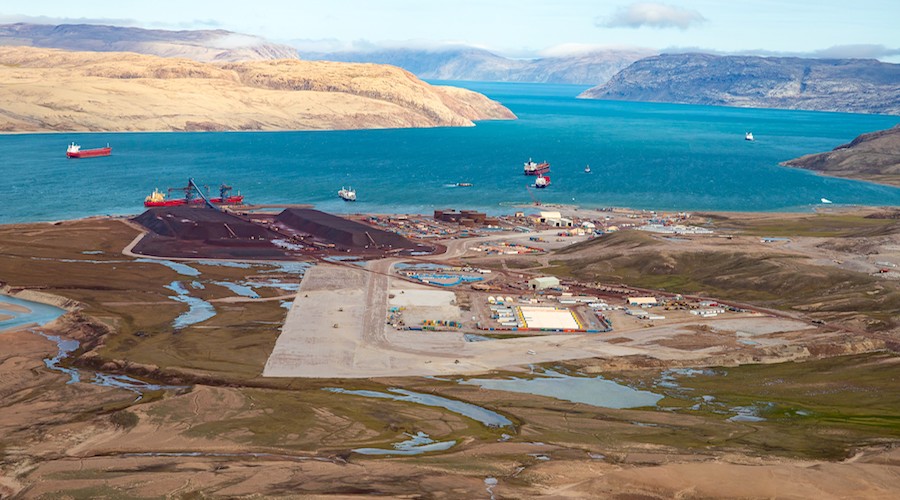After four years of consultations and deliberations, the Nunavut Impact Review Board (NIRB) rejected the miner’s request to more than double output to 12 million tonnes a year, to eventually reach 30 million tonnes annually.
Mary River, considered one of the world’s richest iron deposits, opened in 2015 and ships about six million tonnes of ore a year.
“We are disappointed by the Minister’s decision,” Baffinland CEO Brian Penney said in Thursday’s news release. “Our Phase 2 proposal was based on on years of in-depth study and detailed scientific analysis, we executed a new Inuit Certainty Agreement with the QIA, and we have had extensive consultations with, and made additional commitments to stakeholders post release of the NIRB recommendation in May.”
“The Minister’s decision has immediate and significant implications for the current MAry River operations and our workforce of 2,500 people,” Penney said. “We look forward to immediately meeting with the QIA and the Minister to discuss a practical path forward.”
If the expansion is approved, Baffinland would send about 12 million tonnes of the 30 million tonnes via the North Railway to Milne Port. It also plans to build a second railway to Steensby Port, from which it intends to ship an additional 18 million tonnes of ore a year.
Current shipping volumes have already had a “devastating” impact on the area’s narwhal population, Inuit hunters have said. Last year, a group of hunters from Arctic Bay and Pond Inlet blocked access to the mine in protest of the company’s ice breaking practices due to their negative impacts on narwhals.
This article was published by: Amanda Stutt
Visit the original article here



